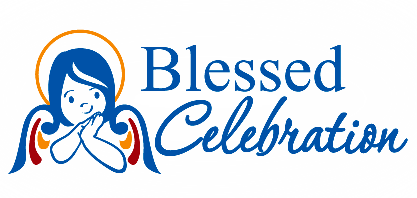
The History Of Greek Costumes
Greek dance costumes are a vibrant tapestry woven from threads of history, culture, and regional pride. From the garments of ancient ceremonies to the richly embroidered attire of modern folk dancers, these costumes offer a fascinating glimpse into Greece’s evolving identity. In this post, we’ll explore the journey of Greek dance costumes through the ages, shedding light on how history, tradition, and artistic expression converge in every stitch.
Ancient Origins: Dance, Ritual, and Garb
In ancient Greece, dance was far more than entertainment—it was an integral part of religious ceremonies, festivals, and communal rituals. The clothing of the time, such as the flowing chiton or peplos, was designed for both functionality and aesthetics. These garments allowed for graceful movements during dance performances that celebrated the gods, honored heroes, and marked seasonal festivals. Although there are limited records specifically detailing dance costumes, the artistic representations in pottery and sculpture give us clues about the elegance and simplicity that characterized attire in classical antiquity.
The Byzantine and Ottoman Influence
As centuries passed, Greece experienced significant cultural and political shifts. During the Byzantine era, dance remained a cherished art form, and costumes began to incorporate elements of the opulent court attire seen in mosaics and frescoes. The rich colors, intricate patterns, and layered fabrics of Byzantine dress would later influence the traditional clothing styles that evolved in rural communities.
The Ottoman period introduced yet another layer of complexity to Greek costumes. While everyday wear adapted to new administrative and social norms, the folk costumes reserved for dance and celebrations held steadfast as symbols of national identity. Regional variations flourished during this time, as communities began to distinguish themselves through unique embroidery styles, color schemes, and design details that celebrated local history and customs.
The Folk Dance Revival and National Identity
The 19th and early 20th centuries witnessed a cultural renaissance as Greece sought to reclaim its heritage following centuries of foreign rule. Folk dances such as the syrtos, kalamatianos, and zeibekiko became powerful expressions of Greek identity. Costumes designed for these dances were more than just clothing—they were a visual narrative of Greece’s storied past.
Key features of modern Greek dance costumes include:
- Embroidered Details: Every region boasts its own embroidery styles, with motifs that often carry symbolic meanings—ranging from fertility and prosperity to protection against misfortune.
- Colorful Fabrics: Bright, bold colors not only enhance the visual appeal but also reflect the spirited nature of Greek celebrations.
- Regional Variations: For instance, the traditional Cretan costume is renowned for its distinctive headdress and intricate lacework, while the costumes from Epirus or the islands might incorporate different textiles and accessory styles that tell the tale of their local history.
- Practicality Meets Tradition: Although these costumes are steeped in tradition, they are also designed for movement. The careful balance between form and function ensures that dancers can express the vitality and passion inherent in their performances.
Modern Celebrations and Continuing Traditions
Today, Greek dance costumes continue to evolve while maintaining deep roots in history. They are prominently featured at festivals, weddings, and cultural events, where dancers proudly wear their regional garments. Costume makers—often local artisans—preserve age-old techniques while sometimes incorporating contemporary touches, ensuring that the art of costume-making remains both a living tradition and a dynamic craft.
Moreover, these costumes serve as a bridge connecting modern Greeks with their ancestors, reminding them of a shared cultural heritage that has withstood the test of time. The revival of folk dances in schools and community events also plays a vital role in educating younger generations about the beauty and significance of their heritage.

Leave a comment